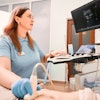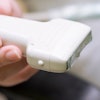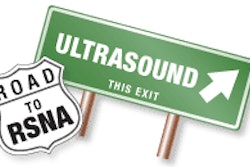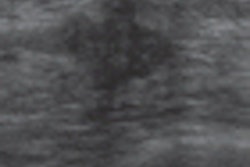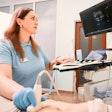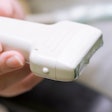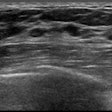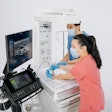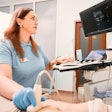Sunday, November 25 | 11:25 a.m.-11:35 a.m. | SSA21-05 | Room S405AB
3D contrast-enhanced subharmonic imaging works well to estimate perfusion in vivo, according to a presentation to be given on Sunday morning by researchers at Thomas Jefferson University in Philadelphia.Anush Sridharan, PhD, and colleagues sought to quantify in vivo perfusion in dogs using 3D contrast-enhanced subharmonic imaging and 3D contrast-enhanced harmonic imaging. The team modified a GE Healthcare Logiq 9 ultrasound scanner with 4D10L probe to perform 3D harmonic imaging and subharmonic imaging.
Sridharan's group performed in vivo imaging of the kidneys in five dogs that had been injected with contrast. The team used a microvascular staining technique based on nonradioactive, isotope-labeled microspheres to quantify the degree of perfusion in each kidney; they estimated perfusion from the initial slope of the subharmonic imaging blood volume uptake and compared it with microsphere data.
Both 3D contrast-enhanced subharmonic imaging and harmonic imaging visualized perfusion in the kidneys, although the subharmonic technique better showed contrast flow. The microsphere data had low correlation with 3D contrast-enhanced harmonic imaging perfusion estimates, but significant correlation with the 3D contrast-enhanced subharmonic imaging perfusion estimates, Sridharan's team reported -- leading the researchers to conclude that 3D contrast-enhanced subharmonic imaging better obtains perfusion estimates in vivo.

